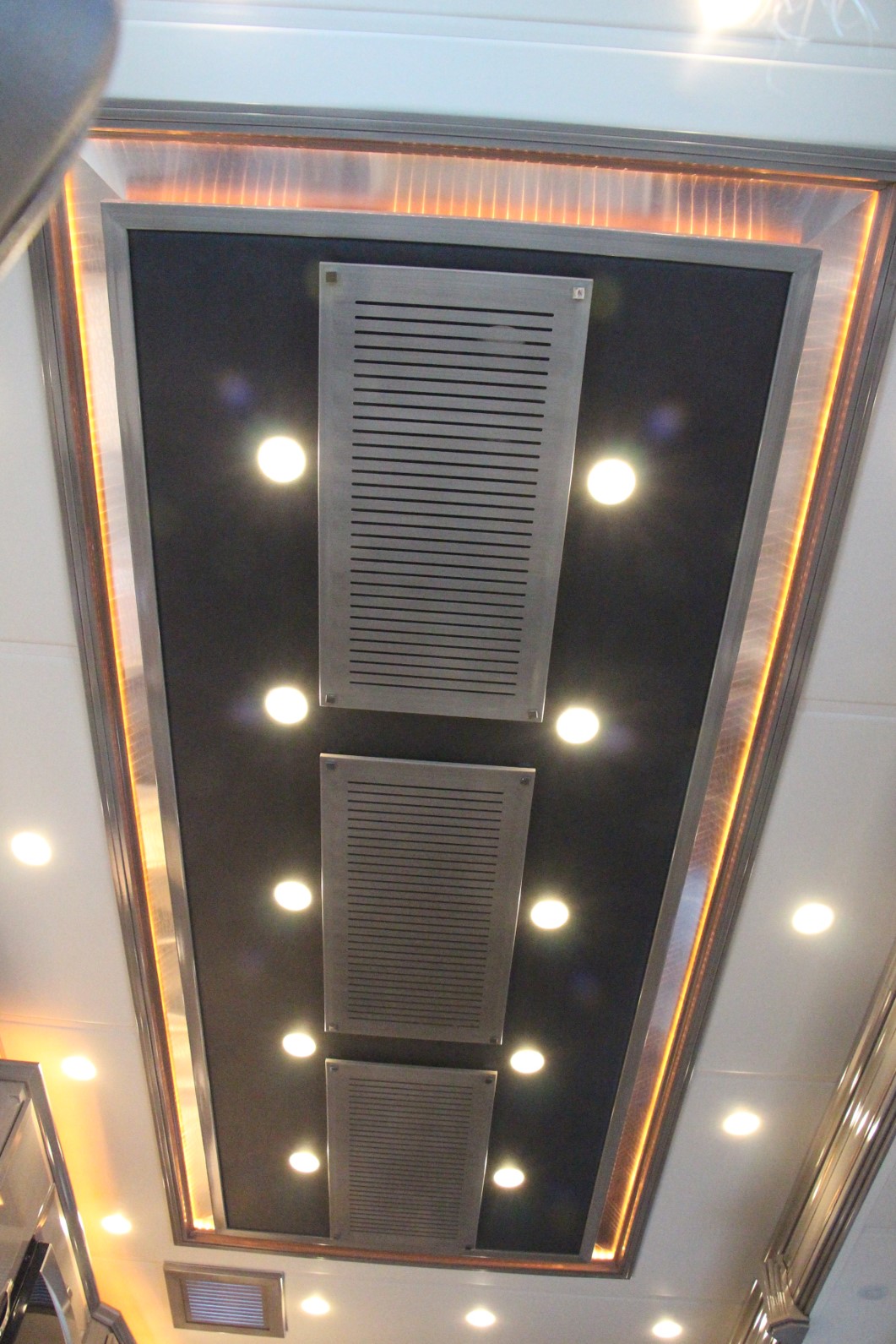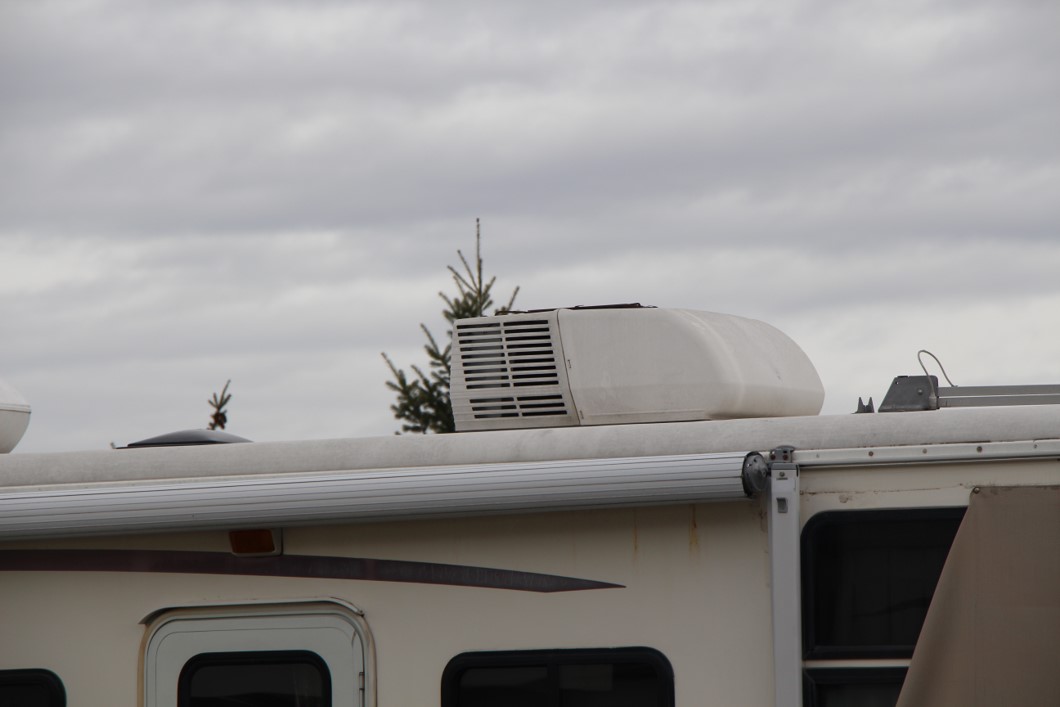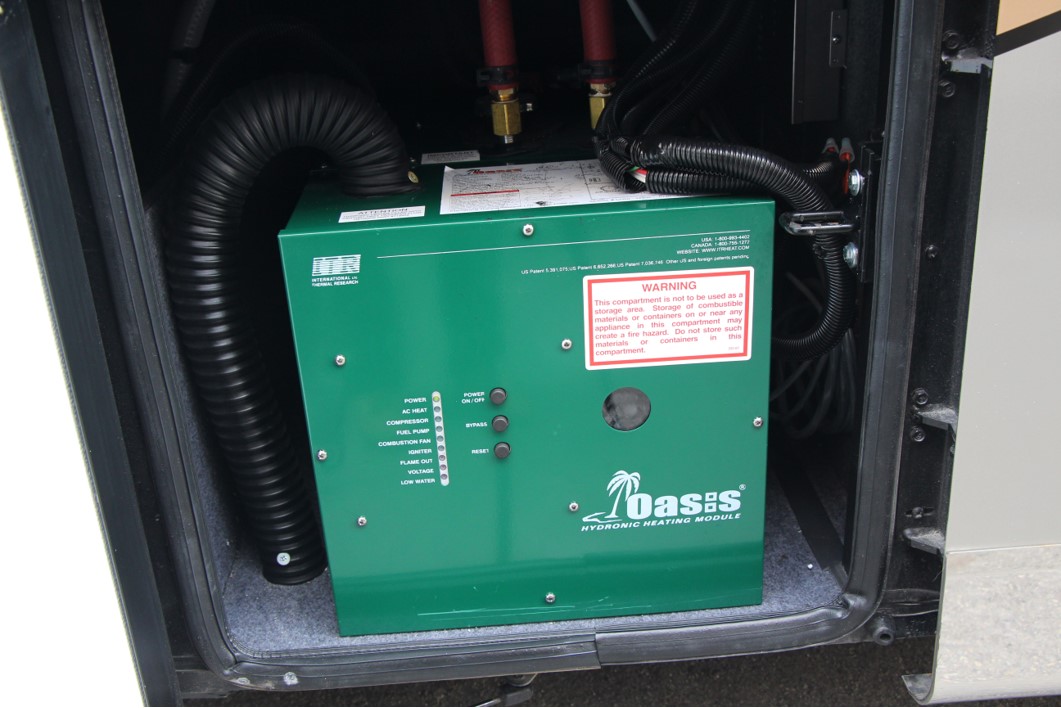WEnRV travel news, products, and industry trends
From Cheap to Pricey: 7 Common Repairs to an RV’s Living Area
Recreational vehicles, like automobiles, require repairs from time to time. However, the RV has an additional assembly apart from just the vehicle, and that is the house and all the components that go with it. Because of the growing complexity of RVs today, these repairs can become commonplace over the years of ownership. Keep in mind, the need and frequency for many repairs is reduced by timely maintenance.
So, let’s look at some of the more common repairs that may be encountered on many travel trailers and motorhomes.
Replacing Burned-out Halogen Bulbs

Photo: Peter Mercer
These were, and are, used in mini ceiling pot lights as well as other wall-mount fixtures. They are 12-volt DC bulbs that tend to run quite hot and have a relatively short life. Adding to the reduction of life is improper installation procedure. Rubber gloves or a rag must protect the bulb from being contacted by a person’s fingers or hands as skin oils on the lamp will cause early failure. While these little halogen bulbs are quite pricey themselves, it may be worth spending even more by replacing them with the LED (Light Emitting Diode) types. These run cool and have a life that’s 25 times longer than halogen bulb and do not require the more cautious handling. LED replacements may be less costly in the long run.
RV Features Failing to Operate
This can be due to several reasons, including a tripped breaker or fuse, a wiring or component fault, or a mechanical issue. However, it may be a condition that is becoming more common: poor contact of a switch or connector due to oxidation. The correction of this may require replacing a switch or disconnecting an electric contact and re-connecting it. A contact cleaner aerosol should be applied to plug-in connector contacts to help renew their connectivity.
Sealant Failure
Roof, body and window sealants need to be checked regularly. The frequency of this will largely depend on the environment and the owner’s use of the unit. Any signs of cracking or deterioration of the silicon sealant should be resealed. This requires the removal of the old sealant, cleaning thoroughly and new sealant applied.

Photo: Getty Images
RVs that have double windowpane glazing will in time experience seal failure between the panes. Unlike your home windows, RVs are subjected to rapid and sometimes extreme atmospheric pressure changes while elevation ascending and descending. Add to this possible excess vibration and shock loads. Eventually, the seal fails. This allows moisture to enter, fogging up the glass surfaces on the inner side. The correction of this can be costly. You can have new window assemblies from the RV manufacturer installed. Alternatively, you can seek companies that can remove and reseal them, such as Suncoast Designers in Florida or similar specialty service businesses and products elsewhere.

Roof AC unit. Photo: Peter Mercer
Periodic inspection of rooftop air conditioner shrouds should be carried out. These covers become brittle over time caused by both sun and general weathering. Cracks in the shroud will eventually result in pieces breaking off while traveling. These missing pieces will cause the A/C unit to lose efficiency as the cover also serves to channel the moving air within.
House Battery Failures and Upkeep
Unlike your auto or motor home chassis battery, RV house batteries are exposed to extreme operating conditions. They need to supply a steady source of 12-volt direct current to the house portion of the RV. In addition, they are subject to heavy amp draws from time to time. Equally, a surge of power flowing from the battery charger to replenish the electric systems’ power bank results in high current rates that produce excess heat. These factors contribute to oxidation and corrosion at the battery terminals. Failure to maintain your house battery bank will reduce the efficiency and operation of many of the features and equipment in your RV that you rely on. Proper cleaning of all the terminals, battery top-up (If serviceable wet batteries) and general battery and tray clean-up is required.
Pricier Repairs
The issues listed above require attention and possible repair during RV ownership. There are, however, more serious repairs that can be encountered and are very costly. Fortunately, some of these are far less likely to occur to most RV owners. In any case, a solid warranty plan is a good idea for vehicle owners.
Frazzled Fridge
Most recreational vehicles are equipped with RV refrigerators. These are specifically designed for the job and application. They can run electrically or on propane, and there are two-way units that can run on 12-volt DC or on a propane source. There are also three-way models that can operate on 12 volts of AC in addition to DC and propane. Given the niche application of these refrigerator/freezers it comes as no surprise that they are relatively costly to repair or replace. A new unit could exceed $4,000, plus installation.
Hot water tanks operate in a similar fashion, being two- or three-way heated. Failed fridge heat elements, internal calcium buildup, corroded anode and liner corrosion are some of the issues that can require repair over time.
Water Woes
Freshwater systems and components also can experience failure. The most common is a failed water pump assembly. Basically, it involves a 12 DC motor, an electric pressure switch, and two check valves. Repairing or replacing the pump will probably cost about $400 including labor.
Furnace issues could include replacing one or more electric motors or cleaning and correcting of the propane burner assembly. The repairing of the burner portion requires a qualified technician. Costs for fixing a faulty RV furnace will vary depending on the type and size.

Hydronic heating. Photo: Peter Mercer
Hydronic Heating Issues
For RVs equipped with hydronic heating and hot water systems, an internal core leak or a major system failure is a rare occurrence. Though much is dependent on whether the source of the failure is accessible. Generally, the core is not. This type of issue can result in the need to replace major components or the entire unit, with costs ranging in the area of $4,000 to $10,000 plus labor.
Well, this should give you a brief overview of what one may expect as far as needing repairs over the time of ownership of an RV. However, many of these issues may be reduced or eliminated by performing regular preventative maintenance. In addition, much of this may bring some thoughts and add some credence to entertaining the purchase of an extended warranty.
The post From Cheap to Pricey: 7 Common Repairs to an RV’s Living Area appeared first on Good Sam Camping Blog.

Copyright
© Good Sam Camping Blog


